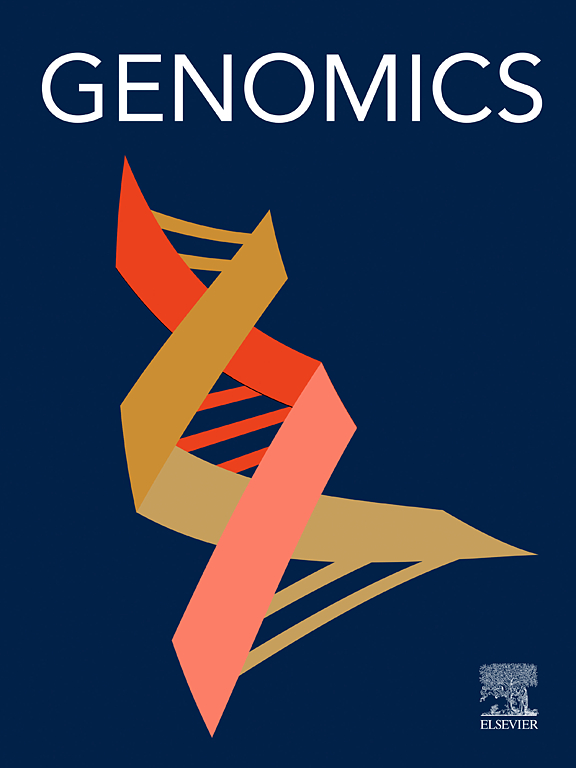杂交后的三叶草(Tripidium arundinaceum × Saccharum spontanum)与甘蔗品种后代细胞器基因组揭示了它们的遗传和特性。
IF 3
2区 生物学
Q2 BIOTECHNOLOGY & APPLIED MICROBIOLOGY
引用次数: 0
摘要
甘蔗(Saccharum spp)的育种通常涉及与远亲野生物种(如Tripidium arundinaceum)杂交以提高抗逆性,但线粒体和叶绿体在多个回交代之间的遗传仍然知之甚少。在本研究中,我们采用PacBio和Illumina测序技术,对远缘杂交品种F₁GXAS 07-6-1 (Tripidium arundinaceum × Saccharum spontanum)、后续杂交品种F₁GXASF1 08-2-28、第一代回交品种GXASBC1 12-A6-3和第二代回交品种GXASBC2 15-114四种基因型的线粒体基因组(有线粒体基因组)和叶绿体基因组进行了组装和比较。母系遗传保留了关键的共线性基因簇,而MTPT含量发生了变化,表明杂交后结构发生了调整。本研究证实了线粒体和叶绿体基因组在杂交代和回交代之间的严格母系遗传,并利用细胞器特异性标记验证了线粒体遗传,为甘蔗细胞器遗传研究提供了新的思路和参考。本文章由计算机程序翻译,如有差异,请以英文原文为准。
Organelle genomes of progeny of Tripidium arundinaceum × Saccharum spontaneum and sugarcane cultivar revealed their inheritance and characterization after hybridization
Sugarcane (Saccharum spp.) breeding often involves hybridization with distantly related wild species (such as Tripidium arundinaceum) to improve stress resistance, but mitochondrial and chloroplast inheritance across multiple backcross generations remains poorly understood. In this study, we employed PacBio and Illumina sequencing to assemble and compare the mitochondrial genomes (mitogenomes) and chloroplast genome of four genotypes: an distant hybrid F₁ GXAS 07–6-1 (Tripidium arundinaceum × Saccharum spontaneum), a subsequent hybrid F₁ GXASF1 08–2-28, a first-generation backcross GXASBC1 12-A6–3, and a second-generation backcross GXASBC2 15–114. Maternal inheritance preserves key co-linear gene clusters, whereas MTPT content varies, indicating post-hybridization structural adjustments. Our study confirms strict maternal inheritance of mitochondrial and chloroplast genomes across hybrid and backcross generations and validates mitochondrial transmission using organelle-specific markers, providing insights into organellar inheritance and references for sugarcane breeding.
求助全文
通过发布文献求助,成功后即可免费获取论文全文。
去求助
来源期刊

Genomics
生物-生物工程与应用微生物
CiteScore
9.60
自引率
2.30%
发文量
260
审稿时长
60 days
期刊介绍:
Genomics is a forum for describing the development of genome-scale technologies and their application to all areas of biological investigation.
As a journal that has evolved with the field that carries its name, Genomics focuses on the development and application of cutting-edge methods, addressing fundamental questions with potential interest to a wide audience. Our aim is to publish the highest quality research and to provide authors with rapid, fair and accurate review and publication of manuscripts falling within our scope.
 求助内容:
求助内容: 应助结果提醒方式:
应助结果提醒方式:


